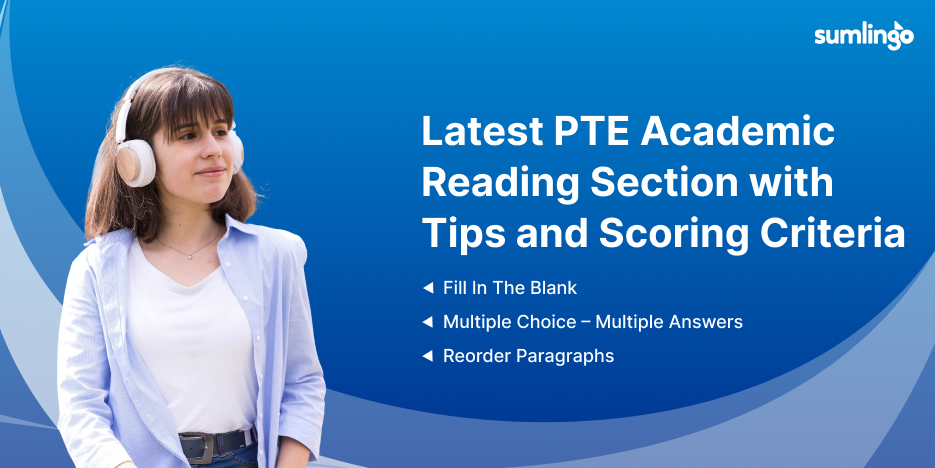If you plan to take the PTE (Pearson Test of English), you probably already know that it tests your listening, reading, speaking, and writing skills. Preparing for the PTE can initially seem challenging, especially if English is not your first language. However, not every question in the test is equally difficult. There are some question types where you may need less preparation and can score well with basic English knowledge and practice. In this blog, we will look at the easiest types of questions in the PTE exam.
What Makes a PTE Question “Easy”?
Before we list the easiest questions, it is important to understand what we mean by “easy.” A question can be considered easy if:
- It does not require deep thinking or complex grammar.
- It is short and direct.
- It has a clear format that is easy to understand.
These types of questions can be answered correctly with practice and a good understanding of how the test works.
Are you ready to test your skills?
1. Read Aloud (Speaking Section) Why it’s easy:
The Read Aloud question type is one of the most straightforward tasks in the PTE speaking section. All you have to do is read a sentence or a short paragraph clearly and naturally. There is no need to create your sentences or give opinions.
Tips:
- Focus on pronunciation and intonation.
- Practice reading short English texts out loud every day.
- Don’t speak too fast or too slowly, keep a natural pace.
Even with just a few days of practice, you can do well in this task if your reading and speaking are clear.
2. Answer Short Questions (Speaking Section) Why it’s easy:
These are general knowledge or simple factual questions. For example, you might be asked: “What do we use to cut paper?” and you just need to say “Scissors.”
Tips:
- Keep answers short, usually one or two words.
- Don’t overthink the questions.
- Listen carefully and speak clearly.
- In certain questions, options are also mentioned by the speaker in the audio.
Since these questions are usually based on common knowledge, they don’t need much preparation.
3. Fill in the Blanks (Reading) Why it’s easy:
This task is similar to a simple grammar or vocabulary quiz. You are given a paragraph with missing words, and you must select the correct words from a list.
Tips:
- Learn common English collocations and phrases.
- Practice reading for context to understand which words fit best.
- Review common word forms and prepositions.
If you’re familiar with everyday English usage, this task can feel very manageable.
Are you ready to test your skills?
4. Highlight Correct Summary (Listening Section) Why it’s easy:
In this task, you listen to a short recording and then choose the best summary from a few given options. You don’t have to write anything, just pick the correct answer.
Tips:
- Focus on the main idea of the recording.
- Eliminate options that mention incorrect or extra details.
- Practice identifying summaries in short news clips or podcasts.
This task is easier because it’s multiple-choice and tests your overall understanding rather than specific details.
5. Fill in the Blanks (Listening Section) Why it’s easy:
screen. This is easier for many students because the words come directly from the recording.
In this task, you listen to a short audio clip and fill in the missing words in a transcript shown on the
Tips:
- Listen carefully and follow the transcript while the audio plays.
- Practice spelling; answers must be spelled correctly to earn points.
- Use context to guess missing words if you miss something in the audio.
Since this task is based on listening and not writing from scratch, you can do well with regular listening and dictation practice.
6. Select Missing Word (Listening Section) Why it’s easy:
You listen to a sentence where the last word or phrase is missing, and you choose the correct ending from a list. You only need to focus on the last few seconds of the audio.
Tips:
- Pay attention to the tone of voice. It often gives clues.
- Eliminate options that don’t make sense grammatically.
- Practice with audiobooks and pause before the last word to guess it.
Are you ready to test your skills?
With a bit of listening practice, this task becomes quite easy to handle.
While no section of the PTE exam should be completely ignored, understanding which questions are because they involve simple language and don’t require complex thinking or long answers.
easier can help reduce your stress and improve your score. These questions are often easier. This doesn’t mean you should skip preparation. Even the easy questions need practice to make you feel confident during the test day.










